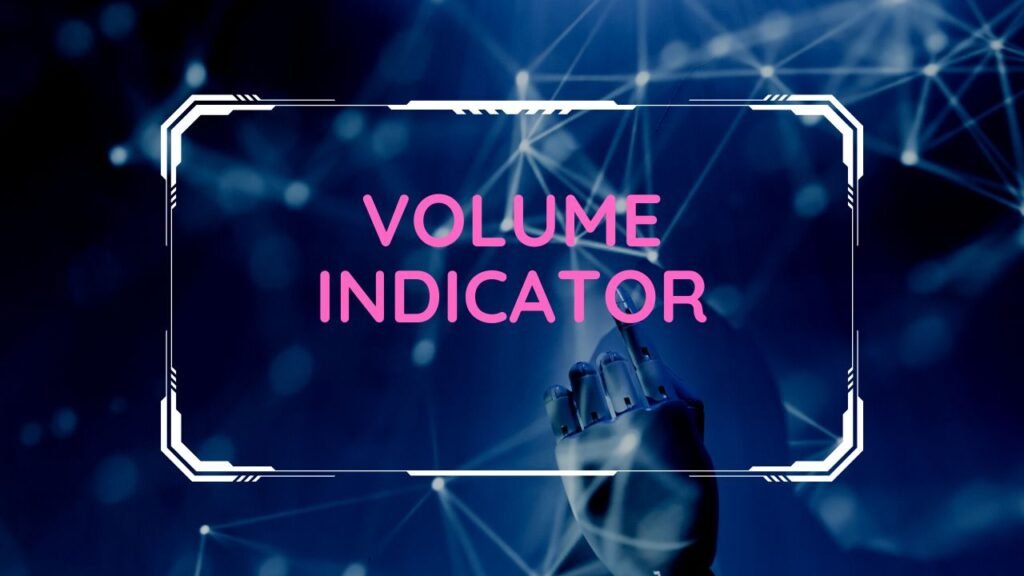
When it comes to successful trading in financial markets, having access to the right tools and indicators is crucial. One such tool that plays a pivotal role in technical analysis is the Volume Indicator.
What Is a Volume Indicator?
A Volume Indicator is a key component of technical analysis that provides insights into market sentiment and helps traders make informed decisions. It measures the number of shares, contracts, or lots traded within a specified time frame.
Types of Volume Indicators
There are several types of volume indicators, each offering unique perspectives on trading activity. Here are some of the most commonly used volume indicators:
- On-Balance Volume (OBV): This indicator helps traders assess the cumulative buying and selling pressure in the market.
- Volume Weighted Average Price (VWAP): VWAP is an essential tool for day traders, as it calculates the average price based on both volume and price.
- Chaikin Money Flow (CMF): CMF combines price and volume data to measure the flow of money into or out of a security.
- Accumulation/Distribution Line: This indicator evaluates the accumulation and distribution of a security’s volume.
- Volume Oscillator: A volume oscillator compares two moving averages of volume to identify potential trend changes.
Why Volume Matters
Now, you might wonder why volume is so significant in trading. The volume indicator provides several critical insights:
- Confirmation of Price Movements: High volume during an uptrend can validate the strength of the trend, while low volume may suggest weakness.
- Reversal Signals: Sudden spikes in volume can indicate potential trend reversals, giving traders the opportunity to act accordingly.
- Divergence: When the price and volume move in opposite directions, it may signal a potential reversal.
Using Volume Indicators Effectively
To make the most of volume indicators, traders should consider the following tips:
- Combine with Other Indicators: Volume indicators are most powerful when used alongside other technical indicators, such as moving averages or RSI (Relative Strength Index).
- Watch for Breakouts: Pay attention to significant volume spikes when a security breaks out of a range. This often indicates a strong price move.
- Volume Patterns: Analyze volume patterns, such as volume clusters, to identify potential support or resistance levels.
Conclusion
In conclusion, volume indicators are invaluable tools for traders, offering insights into market dynamics that can’t be obtained from price data alone. By understanding and effectively using these indicators, traders can enhance their decision-making processes and increase their chances of success in the financial markets.
Remember, trading involves risks, and it’s essential to have a well-thought-out strategy and risk management plan in place. Volume indicators are just one piece of the puzzle, but when used wisely, they can be a valuable asset in your trading toolbox.